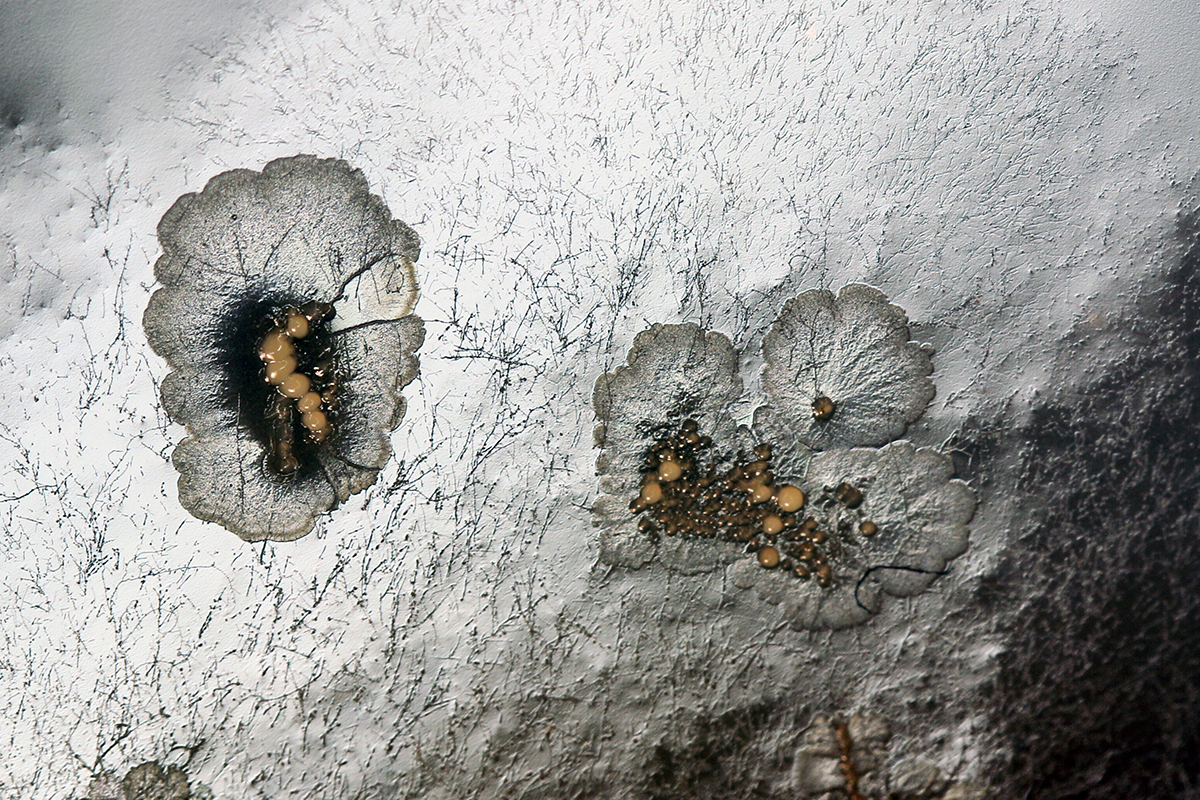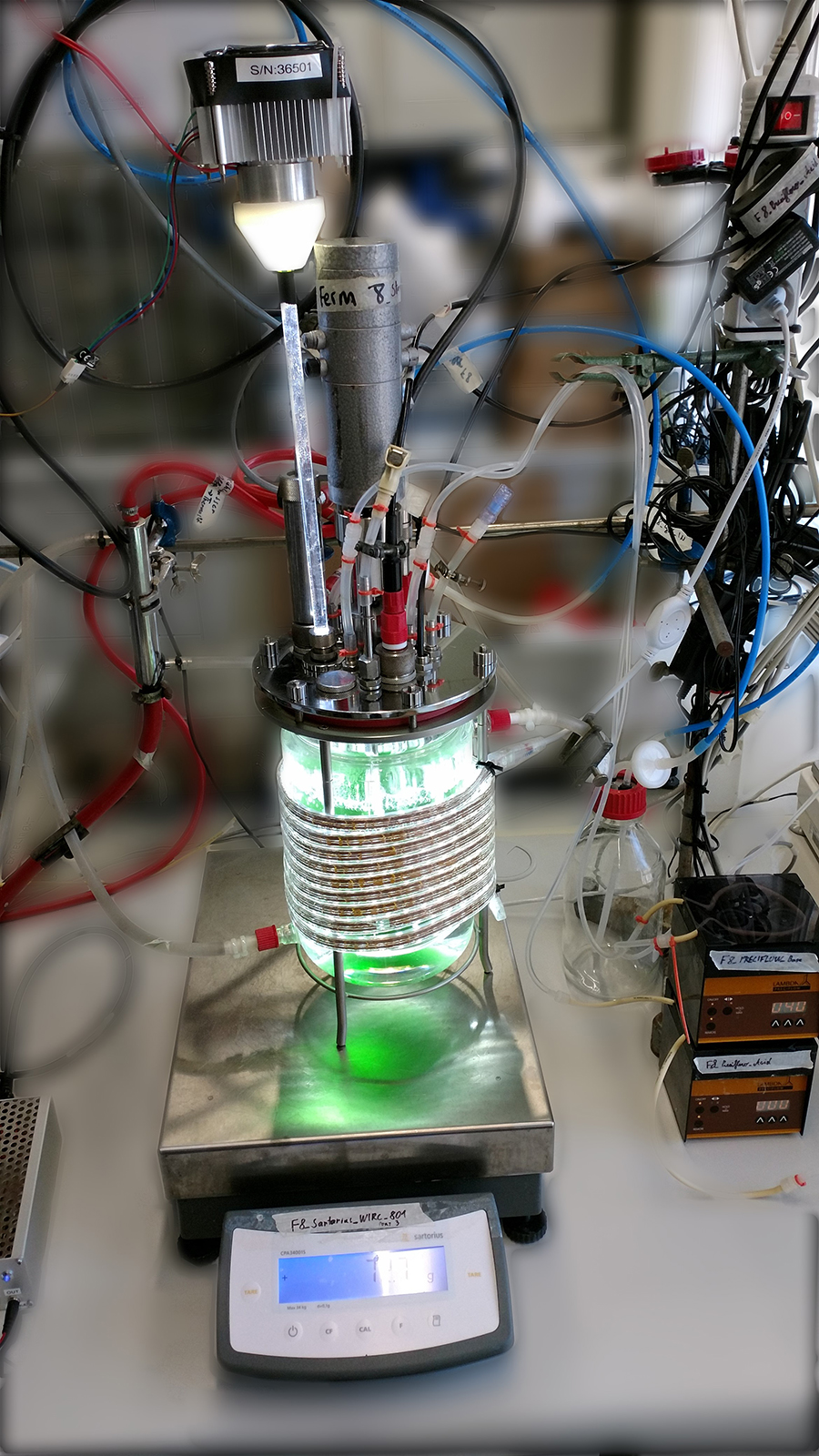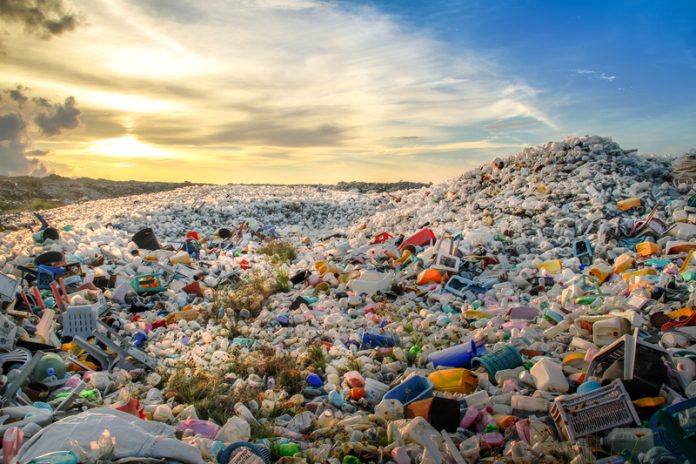Can plastics be removed from the environment and be biologically degraded? Chemical engineers at TU Wien (Vienna) are working on it
The use of plastics offers several advantages: they are cheap, versatile and easy to shape. However, they are responsible for today’s severe ecological problems. Plastics are difficult to degrade, and despite the availability of several technologies for recycling, a massive amount of plastic waste is accumulated in the environment, bringing about the need for research into eco-friendly plastics.
Scientists at the Institute for Chemical, Environmental and Biological Engineering (ICEBE) at TU Wien (Vienna) are trying to replace exploitation of the environment, by using ecologically balanced approaches. “There is no contradiction between technology and nature – quite the contrary”, says Anton Friedl, the director of the institute. “Nature can teach us about new technological approaches, and new technologies will benefit the environment. It is a process we call ‘imagineering nature”, he adds.

Today’s fossil-fuel based economy should be replaced by a bio-based economy termed “Industry 5.0”. The goal is towards a more efficient use of renewable raw materials, but also reducing energy consumption, strengthening food and energy security and replacing traditional chemicals with sustainable alternatives.
OCTOPUS – Ocean Tentacle Organic Particles Purification System-Gerd Mauschitz, Research Division Mechanical Process Engineering and Clean Air Technology
Tonnes of microscopic plastic particles are polluting the rivers, lakes and oceans-especially particles that are a few micrometres to millimetres in size. They are finely distributed at different depths, rendering them difficult to remove.
Nonetheless, scientists at TU Wien have come up with a novel idea. Large numbers of flexible membrane bundles reaching deep into the water could remove plastic particles from sea water in an efficient and ecologically-friendly manner.
“Other methods have been proposed, such as large-area net structures. But unlike them, our flexible membranes are safe for sea animals”, says project leader Thomas Laminger. Solar powered self-sufficient free-floating pontoons with these “membrane tentacles”, could be a promising solution for the removal of microscopic plastic particles.
Bacteria producing biodegradable plastics from CO2-Christoph Herwig, Research Division Biochemical Engineering
Given the negative impacts of petroleum-based plastics on the environment, there is strong demand for bio-based plastics. “Indeed, there are several biodegradable alternatives to the plastics we use now”, says the division head, Christoph Herwig.
“Polyhydroxyalkanoates, especially PHB (polyhydroxybutyrate) are the most promising polymers to replace conventional plastics.”

PHB is naturally produced by bacteria for energy and carbon storage. There are established procedures to create PHB – using heterotrophic bacteria in a fermentation process. However, the production costs are high and therefore the use of PHB for biopolymer production is limited. “If these costs could be reduced, there would be widespread economic interest”, says Stefan Pflügl who is working on the project.
The solution could be provided by a different kind of bacteria: Cyanobacteria are emerging as the most promising alternative system, due to their autotrophic nature and minimal nutrient requirements. Several cyanobacterial species have been reported to accumulate considerable amounts of PHB – up to 10% of their dry cell weight.
The project aims to develop the production of PHB by cyanobacteria using sustainable resources such as CO2 and sunlight. “Using our processing methodology, Donya Kamravamanesh has developed a production pipeline resulting in a much higher PHB yields. It allows us establishing the cultivation in open ponds,” says Christoph Herwig.
New enzymes for plastic degradation- Robert Mach, Research Division Biochemical Technology
Most conventional plastics are resistant to biodegradation; they stay around for a long time. Some microorganisms produce enzymes that may degrade synthetic polymers, usually through slow and inefficient processes.
“The most interesting enzymes for plastic degradation are those that hydrolyse ester bonds in cutin, a natural waxy polymer”, says Irina Druzhinina, the leader of the Microbiology group. Cutin is present on plant surfaces where it protects tissues from dehydration or excess moisture.
“We think, that microorganisms living in plants may possess novel enzymes for biological degradation of plastic waste”, says Druzhinina. The most interesting habitat for such microorganisms has not yet been sufficiently studied: the high canopy of the tropical rain forests, where a humid, warm climate favours microbial growth and trees have long-living leaves with thick cutin layers.
“We have sampled and isolated an extensive collection of filamentous fungi, yeasts, and bacteria – many of which are completely new to science”, says Irina Druzhinina. The genomes of these microorganisms contain genes encoding cutin degrading enzymes, which are being characterised and tested for application in the biological degradation of plastic waste. The next step will be engineering theses enzymes for increased plastic degradation efficiency.
Please note: this is a commercial profile
Dr. Irina Druzhinina, Assoc. Prof.
Dr. Thomas Laminger
Dr. Christoph Herwig, Univ. Prof.
Institute of Chemical, Environmental
and Biological Engineering (ICEBE)
TU WIEN
Tel: +43 1 58801 – 166 01











